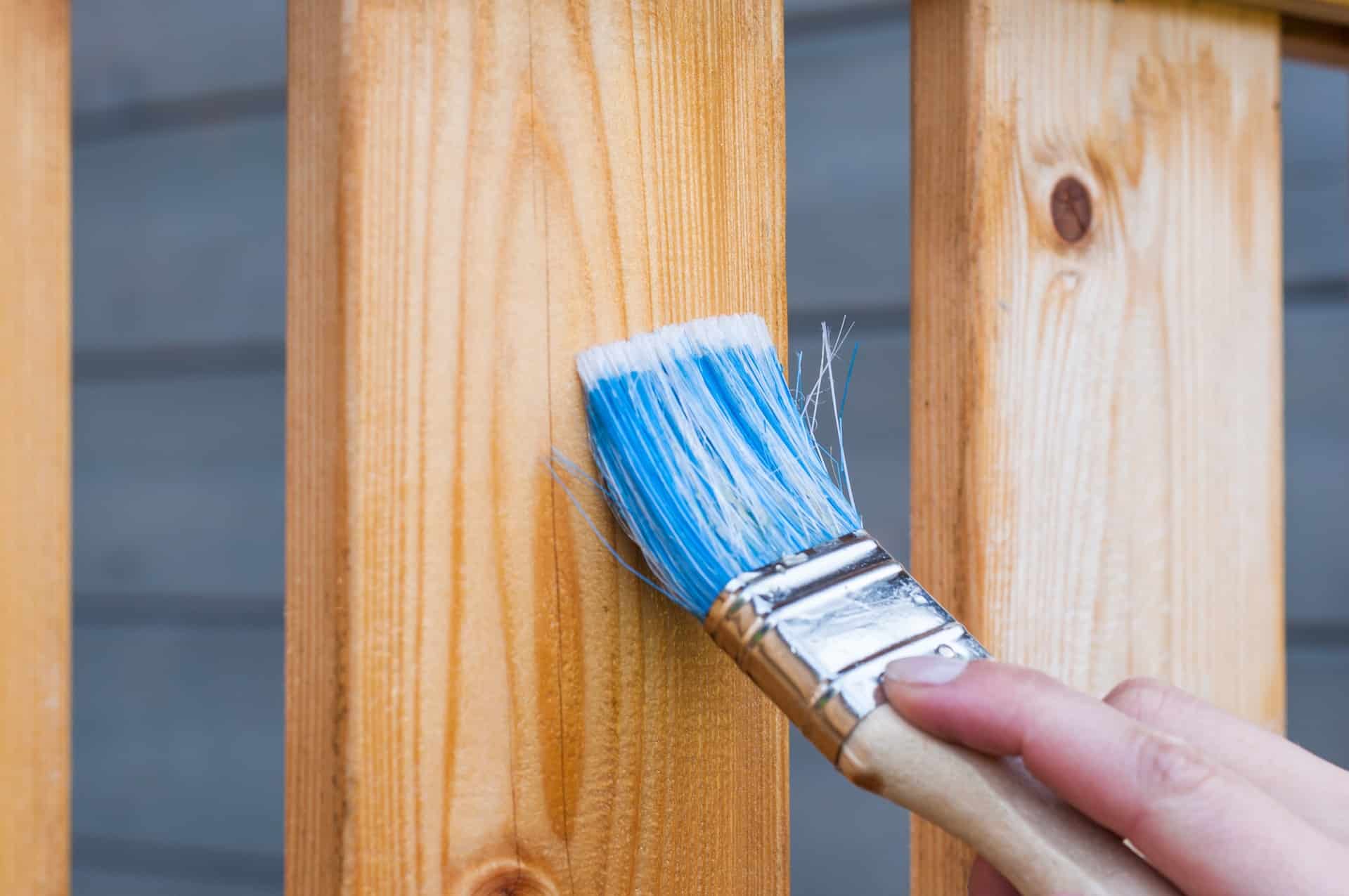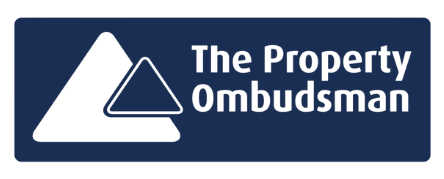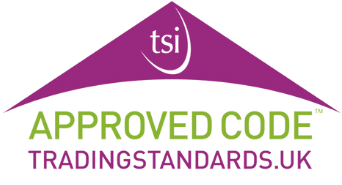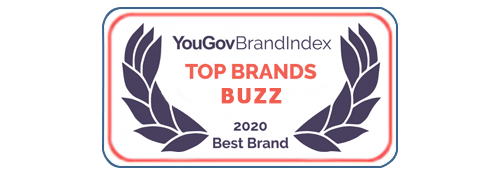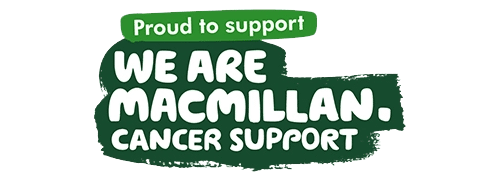Each type of property has its own pros, cons, and average values.
And within each type, construction methods also make a big impact.
Timber frame construction is one of these methods.
It is not just considered a ‘traditional’ method of building – it’s a popular one, too.
Read on to learn what timber frame construction is and its advantages disadvantages.
What is timber frame construction?
Timber frame construction is when a property is constructed using timber frames.
When construction is complete, the timber frame is visible in the property’s interior.
It is considered ‘non-traditional’ today and is often found in listed properties. But that does not make it any less effective.
There are generally two types of timber frame house:
- Timber framing: constructed by securing the frame’s joinery with wooden pegs.
- Post-and-beam: using metal fasteners either hidden behind timbers or facing the interior.
How long does a timber frame house last for?
Timber frame properties generally last less time than properties made of other materials (brick, stone, concrete, etc.). They are more vulnerable to damage.
Manufacturers of timber frames usually ‘guarantee’ them for somewhere between 10 – 40 years.
It usually takes approximately 30 years before degradation becomes visible on the property.
Advantages of timber frame construction
Interior aesthetic
The interior aesthetic of the timber frames appeals to many homeowners. It gives buildings a traditional look difficult to create with other materials.
Quick to construct
Timber frame construction is faster than many other building methods. Potential homeowners can move into their newly-built property much quicker.
Flexible
Timber frame construction is also more flexible with regards to design. It can be easily adapted to unusual dimensions.
Environmentally friendly
Timber frame construction is generally considered to be less damaging for the environment.
Timber has the lowest embodied C02 of any building material. It is also organic, on-toxic and renewable.
Disadvantages of timber frame construction
Pests
Certain property pests attack timber.
Woodworm is a common example. They can often damage the house over many years.
Mice and rats are another example. They cause damage that is easier to spot quickly.
Warping
Timber is known to ‘warp’ over time. This means it bends or contorts in certain sections.
Warping can be avoided when the property is first built. The best experts will have insight on how to do this.
But warping may be problematic for bathrooms. Cracked tiles can result in water leaking onto the timber frame.
Degrades quickly
Your property generally degrades slightly quicker than it will through ‘traditional’ building methods.
One common cause of this is wet and dry rot. These appear if there is a high moisture content and they are not properly heated.
Selling difficulties
Many sellers struggle to sell timber framed houses. Most buyers prefer a property constructed in the traditional ‘brick and block’ way.
This could lead to sellers reducing their asking price.
Buying difficulties
Buyers often struggle to get a mortgage on timber frame houses. Lenders are reluctant about the risk and potential maintenance fees involved.
